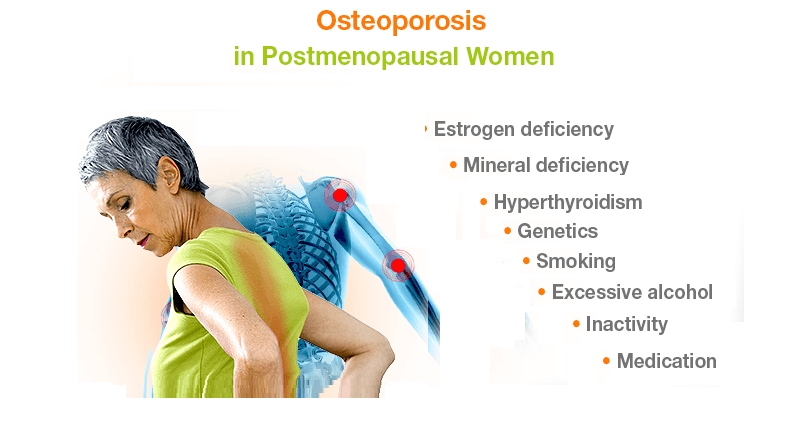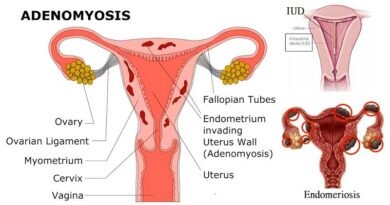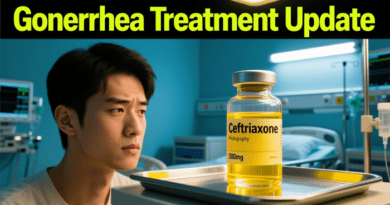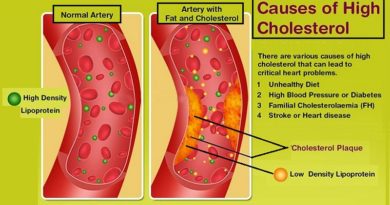Postmenopausal Osteoporosis
As women age, they embark on a transformative journey known as menopause, marking the end of their reproductive years. While this transition brings about various changes in the body, one of the most significant concerns is postmenopausal osteoporosis. Often referred to as the silent thief, this condition gradually weakens bones, making them fragile and prone to fractures. In this article, we will delve into the intricacies of postmenopausal osteoporosis, exploring its causes, symptoms, risk factors, and preventive measures.
Understanding Postmenopausal Osteoporosis
Postmenopausal osteoporosis is a common form of osteoporosis that affects women after menopause. Osteoporosis itself is a progressive bone disease characterized by a loss of bone density and deterioration of bone tissue. However, postmenopausal osteoporosis specifically targets women who have gone through menopause, primarily due to hormonal changes.
The Role of Hormones
Estrogen, a key hormone produced by the ovaries, plays a crucial role in maintaining bone health in women. As women approach menopause, the production of estrogen declines significantly, leading to an imbalance between bone formation and resorption. Without sufficient estrogen, bones become more porous, weaker, and prone to fractures.
Identifying the Symptoms
In the initial stages, postmenopausal osteoporosis may not present any noticeable symptoms. However, as the condition progresses, several indicators may arise:
- Back pain: Persistent or sudden back pain, often caused by vertebral fractures, can be an early sign of osteoporosis.
- Height loss: Due to the collapse of weakened vertebrae, individuals may experience a gradual loss in height.
- Fractures: Osteoporosis makes bones more susceptible to fractures, even from minor falls or everyday activities.
- Poor posture: Weakened bones can affect posture, leading to a stooped or hunched appearance.
Risk Factors for Postmenopausal Osteoporosis
Several factors contribute to the risk of developing postmenopausal osteoporosis:
- Age and menopause: The risk increases with age, particularly after menopause.
- Family history: Having a parent or sibling with osteoporosis increases the likelihood of developing the condition.
- Body composition: Women with a smaller frame and lower body weight are at higher risk.
- Lifestyle choices: Sedentary lifestyle, smoking, excessive alcohol consumption, and a diet low in calcium and vitamin D can all contribute to bone loss.
- Certain medical conditions: Conditions such as rheumatoid arthritis, celiac disease, and hormonal disorders can increase the risk of osteoporosis.
Prevention and Management
While postmenopausal osteoporosis cannot be completely prevented, certain measures can help reduce its impact and delay its onset:
- Calcium and vitamin D: A diet rich in calcium and vitamin D helps promote bone health. Calcium can be found in dairy products, leafy greens, and fortified foods, while vitamin D is synthesized in the body through exposure to sunlight or obtained from supplements.
- Regular exercise: Weight-bearing exercises, such as walking, jogging, and strength training, help improve bone density and reduce the risk of fractures.
- Avoid smoking and limit alcohol consumption: Smoking and excessive alcohol intake can negatively impact bone health. Quitting smoking and moderating alcohol consumption are beneficial for overall bone strength.
- Medications: In some cases, doctors may prescribe medications such as bisphosphonates or hormone therapy to slow down bone loss and reduce the risk of fractures.
- Fall prevention: Taking precautions to minimize the risk of falls, such as removing hazards at home, wearing appropriate footwear, and improving balance through exercises like tai chi, can help prevent fractures.
Seeking Medical Help
If you suspect you may have postmenopausal osteoporosis or are at risk, it is crucial to consult a healthcare professional. They can assess your bone health through bone density scans and provide guidance on preventive measures or treatment options.
Summary:
Postmenopausal osteoporosis is a common condition that affects women after menopause, leading to weakened bones and increased fracture risk. This article explores the causes, symptoms, risk factors, and preventive measures for postmenopausal osteoporosis, empowering women to prioritize bone health and take proactive steps for prevention.
If you suspect that you may have symptoms, Helalmedical can help, offering quick, private, and convenient testing options. You may contact us here: Facebook page.




